Kalki Avatar : Ancient Prophecy or Modern Hoax? The Truth About Kalki Avatar Will Leave You Speechless!
Kalki Avatar: Unveiling the Tenth Incarnation of Vishnu
Introduction to the Kalki Avatar
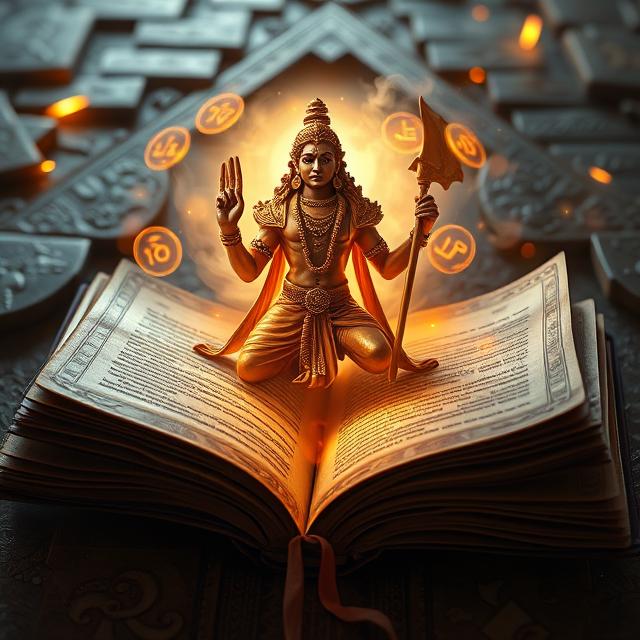
The Kalki Avatar, often referred to as the tenth and final incarnation of Lord Vishnu, holds a significant place in Hindu mythology and eschatology. This divine figure is believed to appear at the end of the Kali Yuga, the current age of darkness and moral decay, to restore dharma (righteousness) and usher in a new golden age.
The concept of the Kalki Avatar has fascinated scholars, devotees, and spiritual seekers for centuries. It represents hope for a better future and the cyclical nature of time in Hindu philosophy. In this blog post, we’ll explore the various aspects of the Kalki Avatar, its origins, descriptions, and significance in Hindu tradition.
Origins and Significance
The idea of the Kalki Avatar finds its roots in ancient Hindu texts, particularly the Puranas and the Mahabharata. The Bhagavata Purana, one of the most revered texts in Vaishnavism, provides detailed accounts of the ten avatars of Vishnu, with Kalki being the final one.
The significance of the Kalki Avatar lies in its role as a harbinger of change and renewal. According to Hindu beliefs, the world goes through cycles of creation, preservation, and destruction. The Kalki Avatar is expected to appear when adharma (unrighteousness) reaches its peak, marking the end of the current cycle and the beginning of a new one.
Descriptions of Kalki
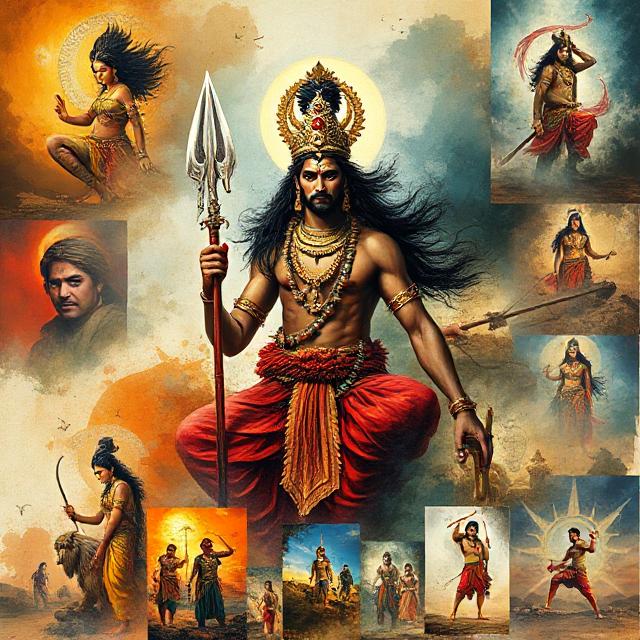
Various texts offer descriptions of the Kalki Avatar, though they may differ in some details. Generally, Kalki is depicted as:
- A warrior riding a white horse
- Wielding a blazing sword
- Born in the village of Shambhala
- The son of Vishnuyasha and Sumati
Some texts describe Kalki as having eight superhuman abilities known as Ashta Siddhis. These include:
- Anima: The ability to reduce one’s size
- Mahima: The power to increase one’s size
- Laghima: The ability to become weightless
- Garima: The power to become heavy at will
- Prapti: The ability to obtain anything desired
- Prakamya: Irresistible will
- Isitva: Supremacy over nature
- Vasitva: The power to subdue all
These descriptions have inspired countless artists and storytellers over the centuries, contributing to the rich iconography associated with the Kalki Avatar.
Prophecies and Predictions
The coming of the Kalki Avatar is associated with numerous prophecies and predictions. Some of the key events foretold include:
- The defeat of evil forces and the restoration of dharma
- The end of the Kali Yuga and the beginning of a new Satya Yuga (Golden Age)
- The awakening of dormant spiritual knowledge
- The reunification of fragmented societies
It’s important to note that these prophecies are often interpreted symbolically rather than literally by many Hindu scholars and spiritual leaders.
Interpretations Across Hindu Texts
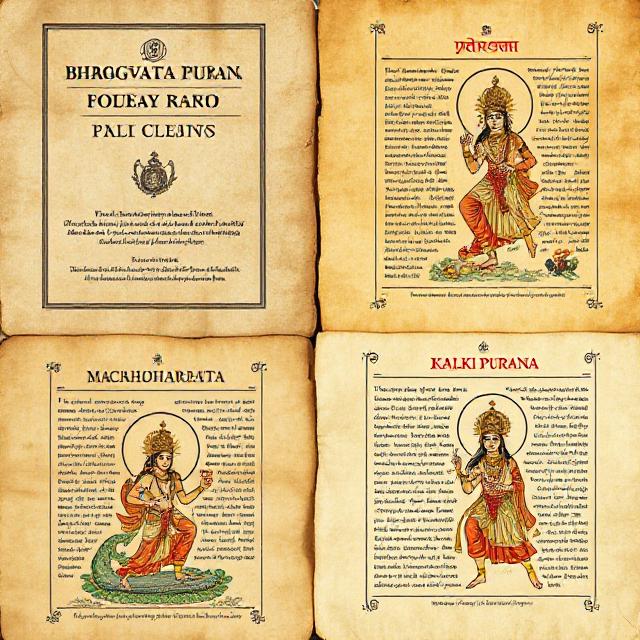
While the concept of the Kalki Avatar is widely accepted in Hinduism, its interpretation varies across different texts and traditions. Let’s explore some of these:
- Bhagavata Purana: This text provides one of the most detailed accounts of the Kalki Avatar, describing his birth, mission, and the events surrounding his appearance.
- Vishnu Purana: Here, Kalki is described as the son of Vishnuyasha, born in the village of Shambhala. This text emphasizes Kalki’s role in defeating the mlecchas (barbarians) and restoring dharma.
- Kalki Purana: A lesser-known text dedicated entirely to the Kalki Avatar, it elaborates on his life story and provides additional details about his family and companions.
- Mahabharata: In this epic, Kalki is mentioned briefly as the future avatar who will appear at the end of the Kali Yuga.
- Agni Purana: This text describes Kalki as a Brahmin warrior who will defeat evil kings and restore righteousness.
These varying interpretations highlight the rich tapestry of Hindu thought and the adaptability of the Kalki concept across different traditions.
Kalki in Popular Culture
The fascinating concept of the Kalki Avatar has inspired numerous works of art, literature, and popular culture. Some notable examples include:
- Literature: Novels like “Kalki” by Gore Vidal and “The Kalki Avatara of Visnu” by B.K. Chaturvedi explore the theme in depth.
- Films: Indian cinema has produced several movies based on the Kalki Avatar concept, blending mythology with modern storytelling.
- Art: Countless paintings and sculptures depict Kalki, often showing him as a warrior on a white horse.
- Music: Several Indian musicians have composed songs and albums inspired by the Kalki Avatar.
The enduring popularity of the Kalki Avatar in various forms of media underscores its cultural significance and appeal to the imagination.
Comparisons with Other Religions
The concept of a future savior or messianic figure is not unique to Hinduism. Several other religions have similar ideas:
- Buddhism: The Maitreya Buddha is expected to appear in the future to restore dharma.
- Christianity: The Second Coming of Christ is a central tenet, where Jesus is expected to return and establish God’s kingdom.
- Islam: The Mahdi is believed to appear before the Day of Judgment to rid the world of evil.
- Zoroastrianism: The Saoshyant is prophesied to bring about the final renovation of the world.
These parallels highlight the universal human desire for hope and renewal, often embodied in a divine or semi-divine figure.
Modern Perspectives on Kalki
In the modern context, interpretations of the Kalki Avatar have evolved to reflect contemporary concerns and aspirations:
- Spiritual Awakening: Some interpret Kalki’s coming as a metaphor for spiritual enlightenment rather than a literal physical manifestation.
- Social Reform: Others see the Kalki prophecy as a call for social and moral reform, emphasizing personal responsibility in creating a better world.
- Environmental Concerns: With growing awareness of ecological issues, some interpret Kalki’s role in restoring balance as a metaphor for environmental restoration.
- Scientific Progress: Some modern thinkers draw parallels between technological advancements and the superhuman abilities attributed to Kalki.
- Interfaith Dialogue: The concept of Kalki has been used as a basis for interfaith discussions, exploring common themes of hope and renewal across religions.
These modern perspectives demonstrate the adaptability of ancient concepts to contemporary thought, ensuring their continued relevance and appeal.
Conclusion

The Kalki Avatar remains a powerful symbol of hope, renewal, and the cyclical nature of existence in Hindu philosophy. Whether interpreted literally or metaphorically, the concept continues to inspire millions, offering a vision of a better future and the triumph of good over evil.
As we navigate the complexities of the modern world, the story of the Kalki Avatar reminds us of the potential for positive change and the importance of upholding dharma in our daily lives. It encourages us to be active participants in creating a more just and harmonious world, rather than passive observers waiting for divine intervention.
What are your thoughts on the Kalki Avatar? How do you interpret this ancient concept in the context of our modern world? Share your perspectives in the comments below and join the conversation about this fascinating aspect of Hindu mythology.
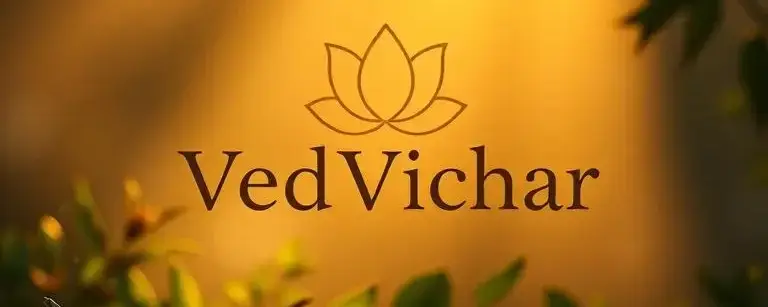
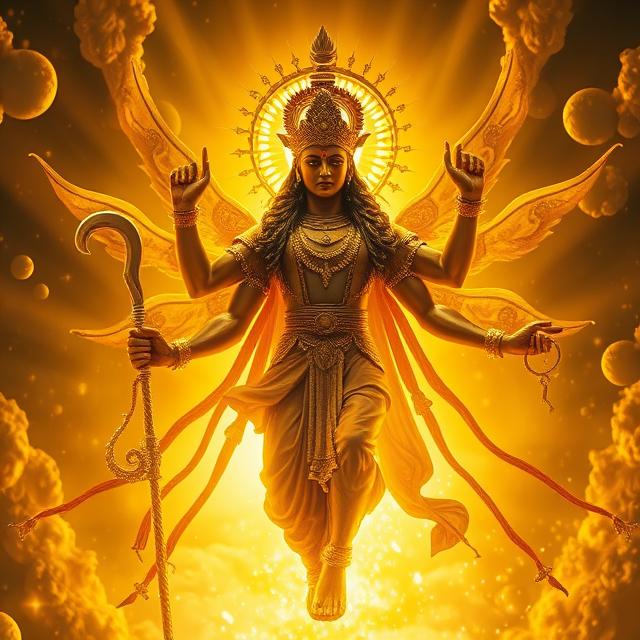
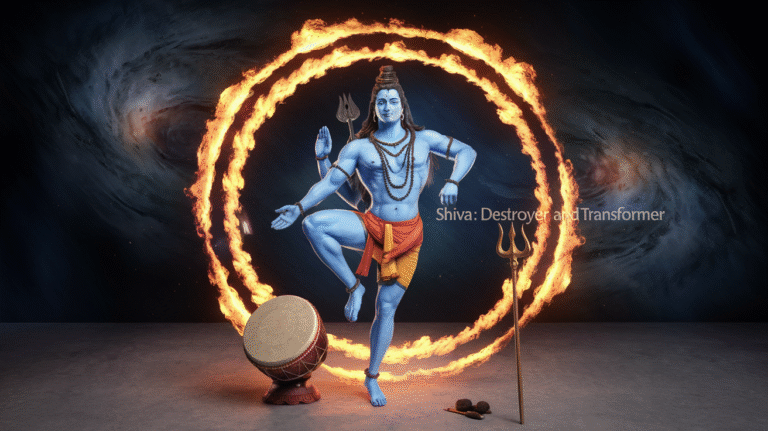
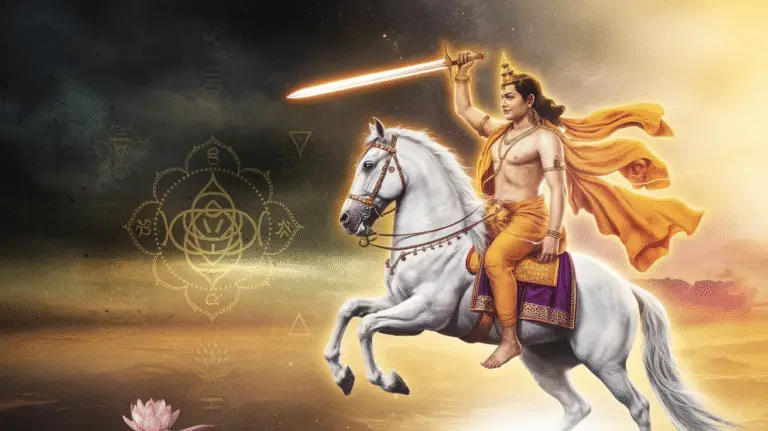
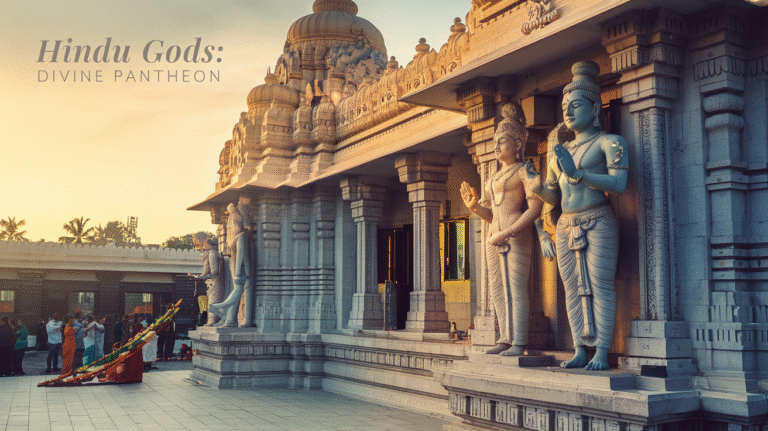
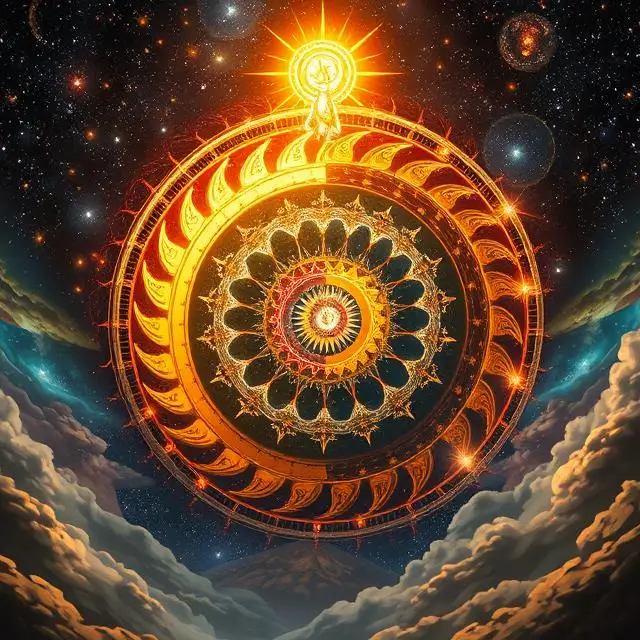
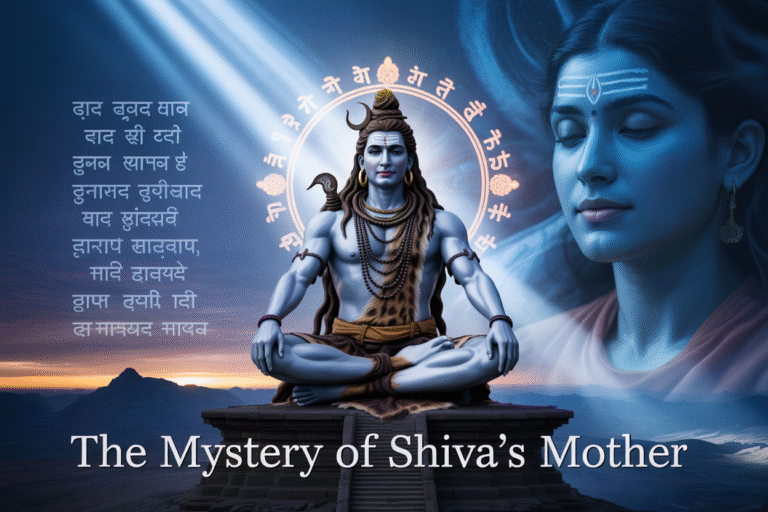


There is a reflective depth here, a sense that every idea has been carefully considered. The writing invites the reader to slow down and engage fully.
Thanks alot. Keep coming back for more post!